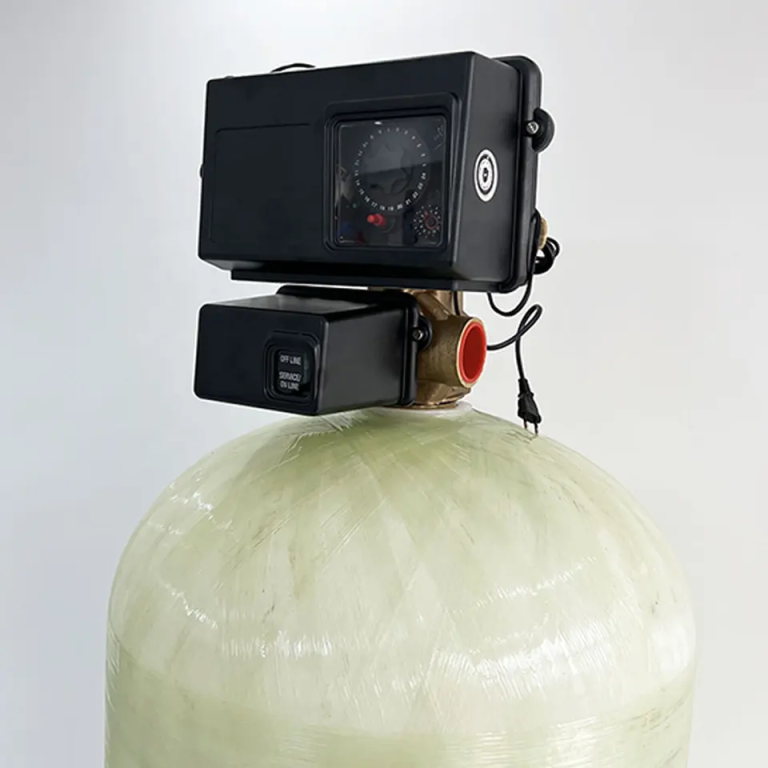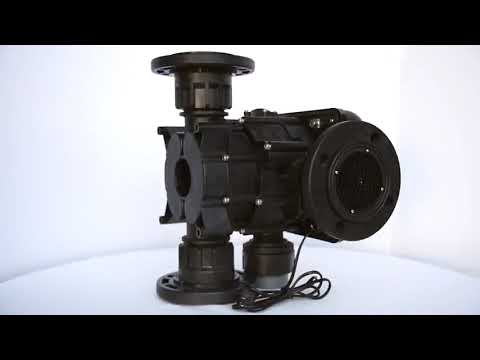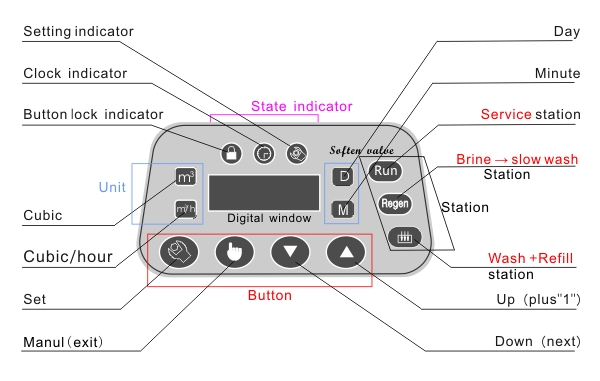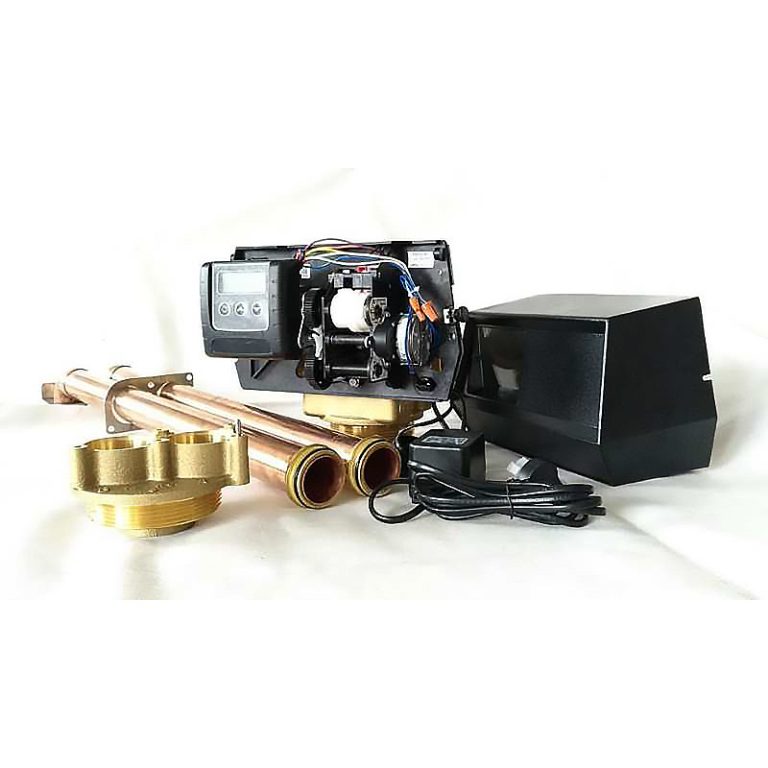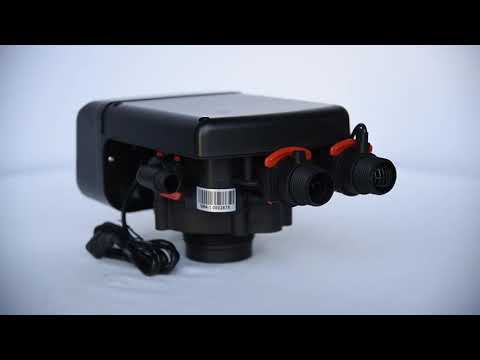Install your water softener at the point of entry for soft, clean water throughout your home.
Best Locations for Installing a Water Softener
Water softeners are essential devices that help remove minerals such as calcium and magnesium from hard water, making it softer and more suitable for household use. When it comes to installing a water softener, choosing the right location is crucial to ensure optimal performance and efficiency. In this article, we will discuss the best locations for installing a water softener in your home.
| Model | MSD2 | MSD4 | MSD4-B | MSD10 | ASD2 -LCD/LED | ASD4-LCD/LED | ASD10-LED |
| Working Position | Service->Back wash->Brine and slow rinse->Fast rinse->Refill->Service | ||||||
| Regeneration mode | Manual | Automatic | |||||
| Inlet | 3/4” | 1” | 1” | 2” | 1/2”, 3/4”, 1” | 1/2”, 3/4”, 1” | 2” |
| Outlet | 3/4” | 1” | 1” | 2” | 1/2”, 3/4”, 1” | 1/2”, 3/4”, 1” | 2” |
| Drain | 1/2” | 1/2” | 1/2” | 1” | 1/2” | 1/2” | 1” |
| Base | 2-1/2” | 2-1/2” | 2-1/2” | 4” | 2-1/2” | 2-1/2” | 4” |
| Riser pipe | 1.05”OD | 1.05”OD | 1.05”OD | 1.5”D-GB | 1.05”OD | 1.05”OD | 1.5”D-GB |
| Water Capacity | 2m3/h | 4m3/h | 4m3/h | 10m3/h | 2m3/h | 4m3/h | 10m3/h |
| Working Pressure | 0.15-0.6MPa | ||||||
| Working Temperature | 5-50°C | ||||||
| Power Supply | No Need Power | AC100-240V/50-60Hz DC12V-1.5A | |||||
One of the most common locations for installing a water softener is in the basement or utility room. This is typically where the main water supply enters the house, making it an ideal location for installing the water softener. Placing the water softener near the main water supply ensures that all the water entering the house is treated before it reaches the faucets and appliances. Additionally, the basement or utility room usually has enough space to accommodate the water softener and allows for easy access for maintenance and servicing.
Another popular location for installing a water softener is in the garage. Many homeowners choose to install their water softener in the garage because it is a convenient and out-of-the-way location. The garage often has enough space to accommodate the water softener, and it is typically close to the main water supply line. However, it is important to ensure that the garage is properly insulated and protected from extreme temperatures to prevent damage to the water softener.
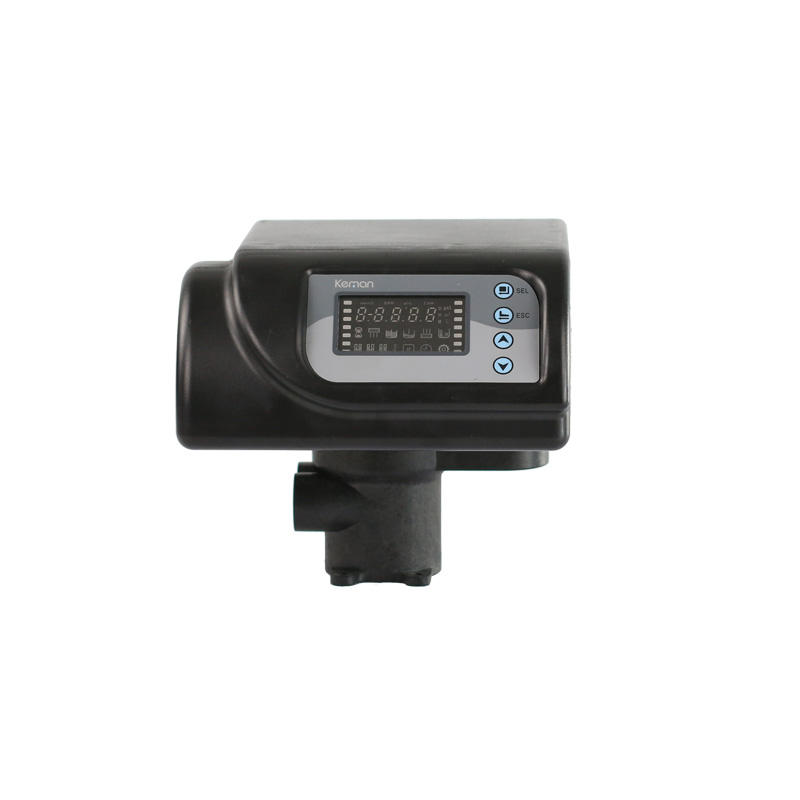
If you do not have a basement, utility room, or garage, you can also consider installing the water softener in a closet or under the kitchen sink. These locations are suitable for smaller water softeners that are designed for limited space. However, it is important to ensure that there is enough space for the water softener and that it is easily accessible for maintenance and servicing.
When choosing a location for installing a water softener, it is important to consider the proximity to the main water supply line, the availability of space, and the ease of access for maintenance and servicing. Additionally, it is important to ensure that the location is properly ventilated and protected from extreme temperatures to prevent damage to the water softener.
In conclusion, there are several ideal locations for installing a water softener in your home, including the basement, utility room, garage, closet, or under the kitchen sink. The key is to choose a location that is convenient, accessible, and suitable for the size of the water softener. By selecting the right location for your water softener, you can ensure that your water is softened effectively and efficiently, providing you with high-quality water for all your household needs.

